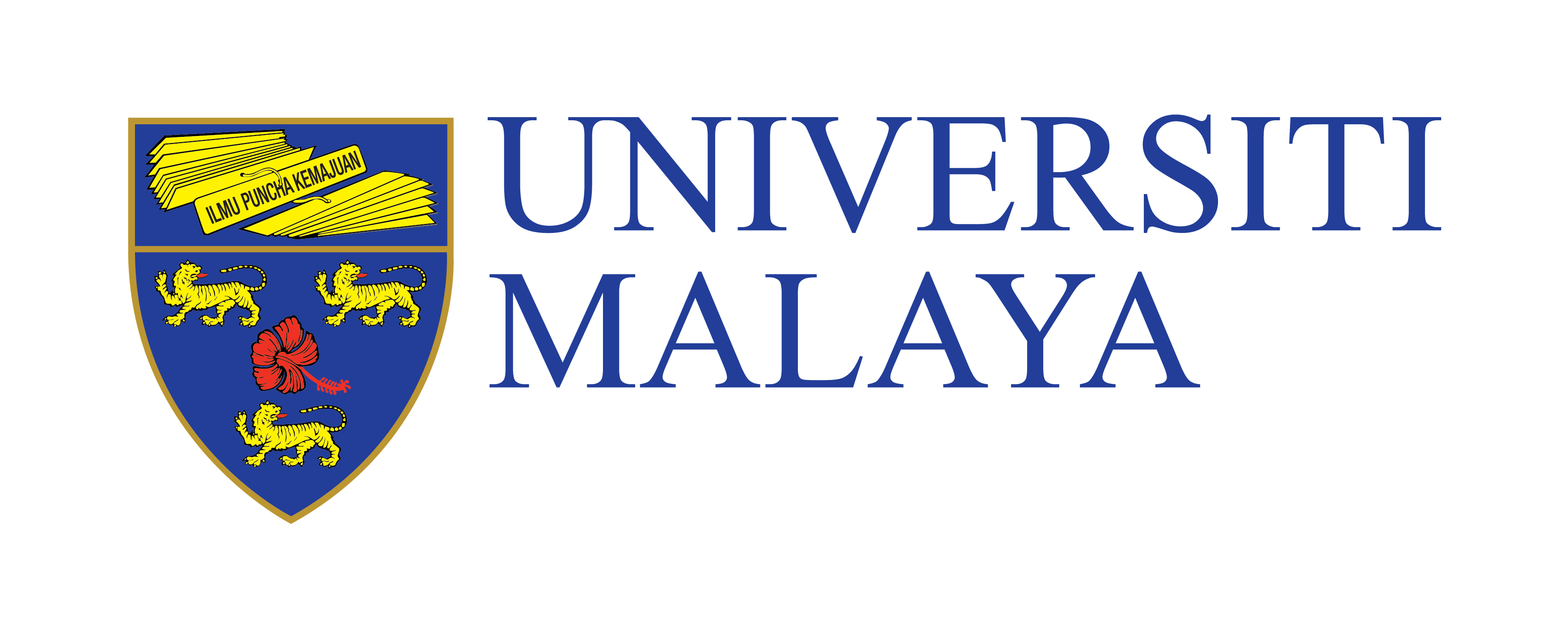ANAESTHESIA AND CANCER RECURRENCE

PRESENTER : DR VINOD

SUPERVISOR : PROF INA ISMIARTI
OBJECTIVE:
- To discuss the principles of patient blood management (paediatric)
- To appreciate the problems of blood product transfusion
- To recognise the peculiarities & distinctiveness of the paediatric population
- To revise the physiology of fibrinogen, clotting and fibrinolysis
- To understand the need for fibrinogen replacement, its indications and modalities
- To be updated in fibrinogen concentrate use; its benefits & advantages
- To review the evidence available with regards to fibrinogen concentrate and bleeding in children
LEARNING POINTS:
- Children are not small adults, and evidence-based strategies specifically designed for management of massive haemorrhage and transfusion in children should be utilized to help decrease preventable morbidity and mortality
- There are a variety of problems associated with blood product transfusions, particularly in children, that contribute to significant morbidity & mortality
- There are strategies, goals and indicators that make up the standards & guidance of patient blood management in the paediatric population
- Interest is increasing in the role of specific and early replacement of plasma fibrinogen in the management of bleeding, including as a means of avoiding or reducing the need for blood product transfusions
- The physiology of fibrinogen, clotting and fibrinolysis and the pathophysiology of bleeding in various clinical contexts point to the critical need for fibrinogen replacement
- Fibrinogen concentrate has the most advantages compared to fresh frozen plasma and cryoprecipitate as a modality of fibrinogen replacement
- There is a paucity of evidence available relating to fibrinogen concentrate use and bleeding particularly in the paediatric population and especially taking into consideration the varied clinical contexts of bleeding
DISCUSSION:
- The potential benefit of fibrinogen concentrate use in the varied clinical contexts of bleeding in the paediatric population are promising.
- The advantages of fibrinogen concentrate particularly in light of avoiding the complications and overcoming the limitations of blood product transfusions make a strong case for its use
- Current available evidence in the adult population seem to favour the use of fibrinogen concentrate, showing a reduction in blood loss, blood transfusion rates and overall mortality
- However, keeping in mind that the physiology of children in relation to fibrinogen, clotting and fibrinolysis is distinctive, more evidence is required to ascertain significant fibrinogen concentrate benefit in the paediatric population
Accordion Content
